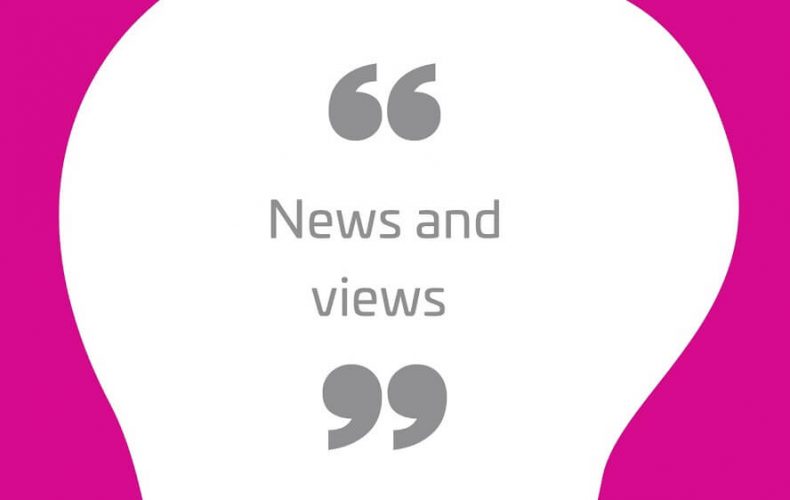Social media is a great way for brands to connect to consumers. So, how have brands used the various platforms to get retweets, shares and pins?
This year has seen a variety of social media campaigns with the aim of getting consumers to retweet, share or pin a brand’s latest offering. Brands making an impact have included Three UK, British Airways and Coca-Cola.
Who remembers Three’s dancing pony adverts? The Shetland pony moonwalking to Fleetwood Mac let consumers know that the silly stuff is important and an accompanying Twitter campaign created a bigger impact. The associated #DancePonyDance invited users to share and comment on the campaign. There was also an app that allowed users to create their own pony dance and share with their friends. The campaign created a social media buzz and made people smile – a great way to make a connection with your consumers.
To mark the launch of its Dreamliner fleet, British Airways held a #RaceThePlane competition. The so-called ‘Tweetliner’ would virtually race a Dreamliner travelling from London to Toronto. Users could power the Tweetliner by tweeting using the hashtag which also automatically entered them in a competition to win tickets to Toronto. The use of the hashtag exposed BA to a wider audience and the competition added value to users. One tweet equalled one mile and the Twitter powered plane reached Toronto in seven hours and 37 minutes, compared to the Dreamliner which took seven hours and 41 minutes. The result: an engaging and measurable campaign on a relatively low budget.
Now, think back a few months. Did your friends spam your Facebook and Twitter feeds with photos of Coca-Cola bottles with their names on it? Probably!
Coca-Cola’s clever #shareacoke campaign saw its iconic lettering being replaced by first names. This coincides with the growing trend of personalisation: 78% of consumers feel that brands that create unique and personalised content are more interested in building a relationship with them (Hanley-Wood Business Media, 2013). Add this to the fact that the bottles are affordable and Coca-Cola was onto a winner!
The #shareacoke encouraged users to go online and let people know about their personalised drink, therefore promoting the brand. Although Coca-Cola’s target audience for this campaign was 18-25 year-olds, any consumer could take part, ensuring no one felt alienated and boosting the campaign’s reach even further.
And look at the results: in the first couple of months, Coca-Cola’s Facebook community grew by 3.5% in the UK and 6.8% globally. Volume sales for the Coca-Cola brand grew 3.88%, compared to the total soft drinks market’s volume sales growth of just 0.98%, according to IRI Worldwide. Consumer sentiment towards the brand also appeared to shift from negative to positive – a great result for Coca-Cola.
It’s great to see how the world’s biggest brands are embracing social media. Simple, well-thought out campaigns can have a huge impact on engagement, sales and even sentiment towards brands.
Image: theinspirationroom.com

